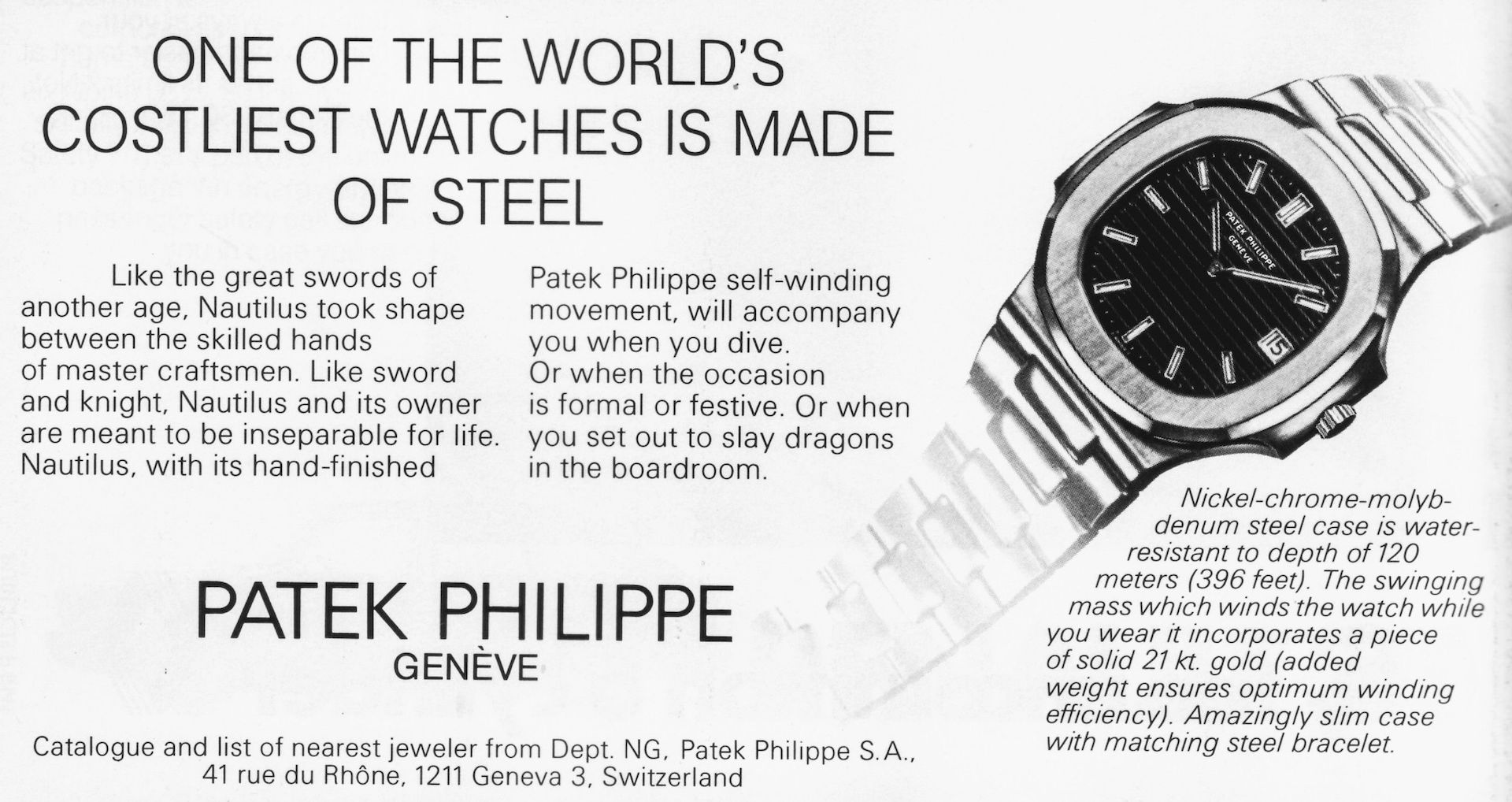
In 1972, luxury Swiss watchmaker Audemars Piguet released a new watch collection called the Royal Oak. The watch was designed for Audemars Piguet by a young jewelry and watch designer named Gerald Genta, who had been making rounds designing watches for a few other similarly positioned timepiece brands — and who would later go on to design the Patek Philippe Nautilus and several more watches, along with eventually creating his own eponymous brand.
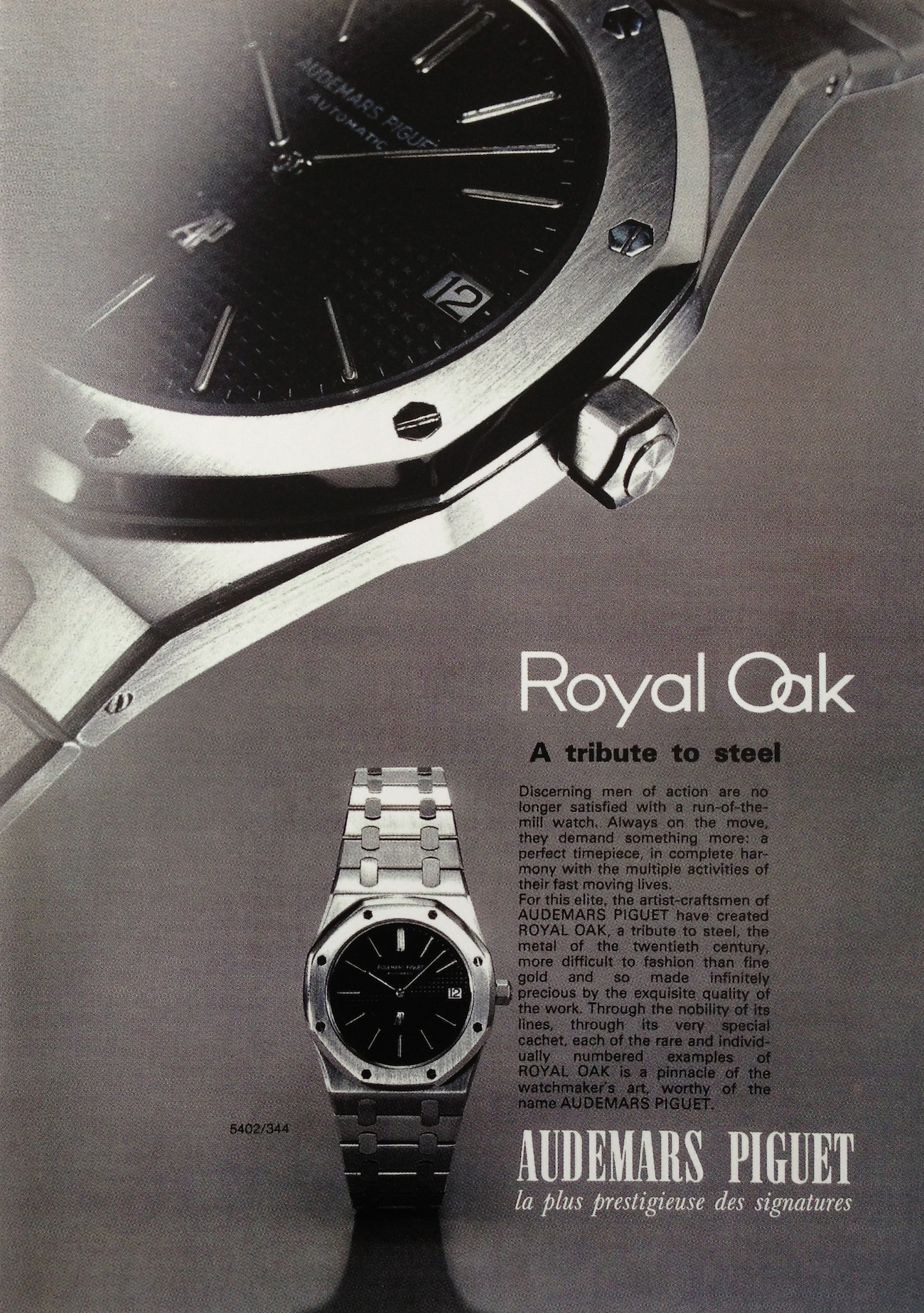
The Royal Oak was a marine-themed luxury lifestyle watch inspired by Genta’s lifelong fascination with boats. What made boat design interesting to a generation of European-educated creatives such as Genta was their dual focus on utility and aesthetics. To be successful as a trophy boat, a vessel needed to not only exhibit elegant beauty in its design and materials but also needed to be engineered to perform as a craft to cross waters and protect lives. It follows, then, that the ethos of boat design in the mid-20th century would naturally inspire timepiece creators and the watches of the era. This was especially true in the 1960s and 1970s when a watch with wrist appeal and water resistance was what most consumers seemed to want. Boat and yacht aesthetic inspiration in watches continues strong even today.
Audemars Piguet launched the early 1970s Royal Oak with an audacious marketing campaign (at the time, watch brands willingly understood the importance of creating an advertising personality around watches above and beyond their mere aesthetic designs, a regrettably lost art today). The marketing campaign focused on the audacious fact that Audemars Piguet was selling the Royal Oak — a steel watch — for the price of a gold watch. Why the ambitious pricing? Because Audemars Piguet treated the construction and decoration of the watch more like a complex jewelry piece than a small pocket watch put on a strap attached to your wrist. Why did Audemars Piguet product the Royal Oak in the first place? My understanding is that it was to appease watch dealers in Italy (always fashion-forward) who wanted a fine watch for rich clients whose activities demanded a sport watch.

Audemars Piguet was unlucky when the Royal Oak was introduced, as it was just after the outset of what the Swiss watch industry calls the “quartz crisis.” Quartz, electronic-based movements were starting to replace more traditional mechanical watches due to lower cost and higher-performance. The mainstream public would never again pay more money for a less accurate timepiece product. The irony is that watches like the Royal Oak represented a zenith of mechanical watch making and refinement. The automatic mechanical movement was “ultra-thin,” and the highly ornate case was also weather- and water-resistant. Features such as the bracelet were masculine, though also ornate – and the watch dial itself … simple. Genta was never much for complicated watches during his formative years. Later, he would work on cases for watches with highly complicated movements — but Genta himself was never much into designing actual watch dials. He was a watch case and bracelet designer, above all else.
Despite the uplifting marketing promise about how wisely its client’s cash was being spent, the Audemars Piguet Royal Oak was a sales dud for a long part of its early life. Audemars Piguet employees at the time — including Jean-Claude Biver — joked about how Audemars Piguet gave Royal Oak watches to its employees because sales were so slow. It took Audemars Piguet over two decades to make something of the Royal Oak. The best one could say about the concept was that it was ahead of its time. If Audemars Piguet had operated with short-term outlooks as many watch companies do today, the Royal Oak would have never survived the 1970s. A decision to keep investing in the Royal Oak for so long (either wisely or stubbornly) is what it took for the now more than 45 year-old product collection to even have an opportunity at discovering mega-popularity.
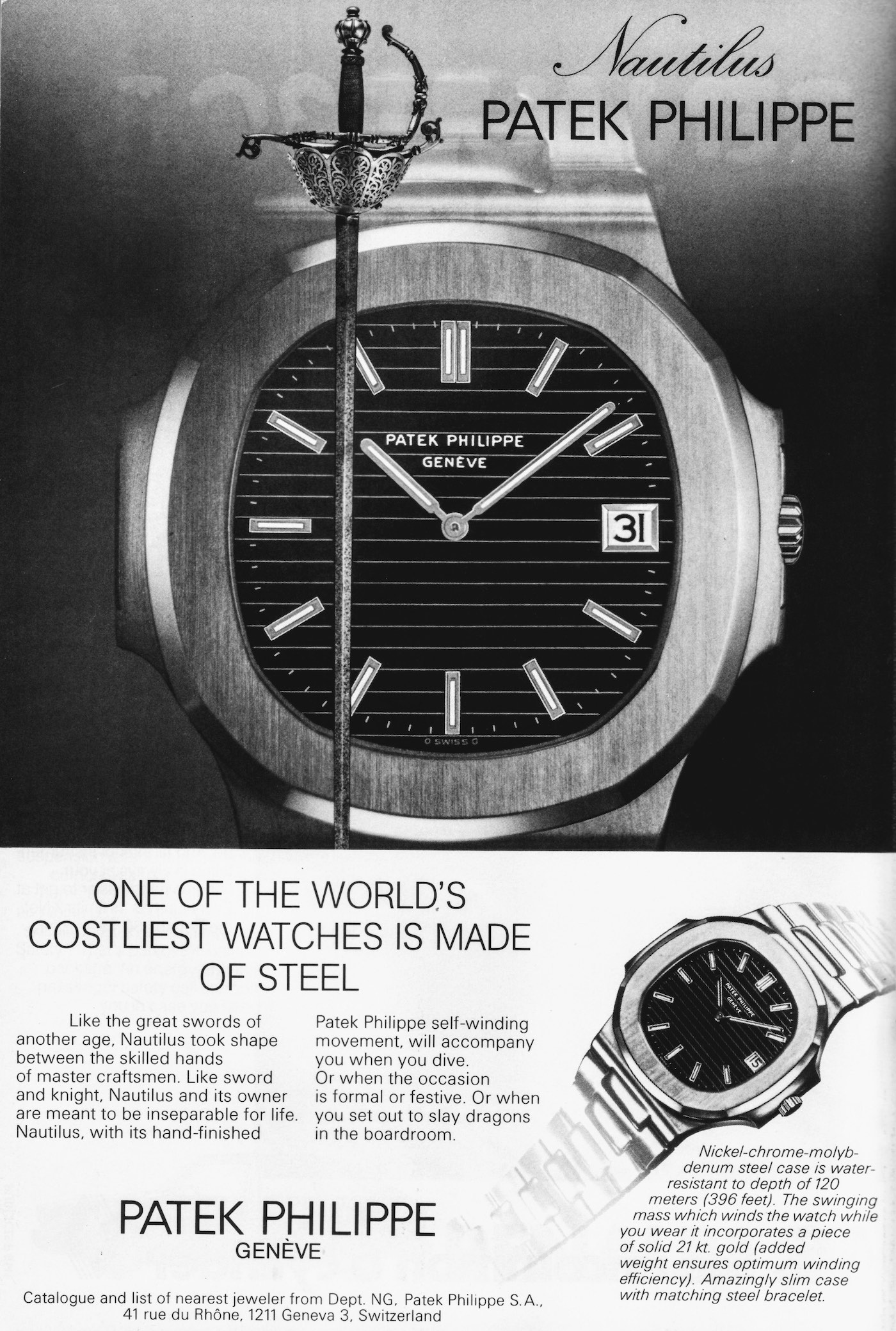
The same is true for other famous Gerald Genta designs, such as the Nautilus for Patek Philippe — or less that brand’s analog of the Royal Oak, only with softer lines. Both watches are directly inspired by Genta’s fetish for boat design. The Nautilus dial is meant to look like the porthole window on a boat. The brand Hublot — originally founded in around 1982 — has a name that means “porthole” in French. The classic Hublot case shape — just like the Patek Philippe Nautilus — is based on boat windows.
What can be said about most all of Gerald Genta’s work is that the man simply hated basic round watch cases. Even when designing round cases for watches, he would do something interesting to them such as line the periphery will metal studs (as on the Gefica). Gerald Genta’s work for the Octo — which was later acquired by Bulgari when it purchased the entire Gerald Genta brand — is a celebration of animosity toward basic round shapes in timepiece case design. What does this fact have to do with the enduring legacy of Gerald Genta and his work?
I’ve been seeing an increasing volume of articles and attention on Gerald Genta lately. Having passed away a few years ago, Gerald Genta is survived by his wife, some un-produced products, a brand name currently owned by LVMH, and a series of products by brands such as Audemars Piguet, Bulgari, and Patek Philippe, who are each in their own way incentivized to keep the 20th century watch designer’s memory alive as a legend. The myth of Gerald Genta is more powerful today than the man himself was.

One of the main reasons Genta’s work is so currently revered is because collectors are very interested in some of the products he designed for other brands. Ironically, the most valuable Gerald Genta watches do not bear his name, while a lot of the watches that do can be acquired for a relative bargain. As great a designer and creative thinker Genta was, the current popularity of watches such as the Royal Oak and the Nautilus are not necessarily in direct relation to his particular designs. What Gerald Genta seemed to understand before many others did is that well-to-do guys want some swagger in their wristwatches. And swagger for sophisticated men can mean a jewelry-style wearing experience along with more casual, yet durable, materials (such as steel and not gold).
Few people also speak about the “entry-level” effect that steel watches have had on collectors seeking to get into prestigious brands. For reasons beyond the discussion of this article, Patek Philippe and Audemars Piguet are each brands that are associated with expensive goods, so wearers of those watches are considered to be wealthy. Anyone can go out and buy a gold watch from either of these brands, anytime, but the less-common steel models — which often come on matching bracelets — are considered the hip and cool way to wear a status-brand without looking as though you are trying too hard. This is one of the primary reasons that entry-level watches from otherwise expensive luxury watch brands are in such high demand.
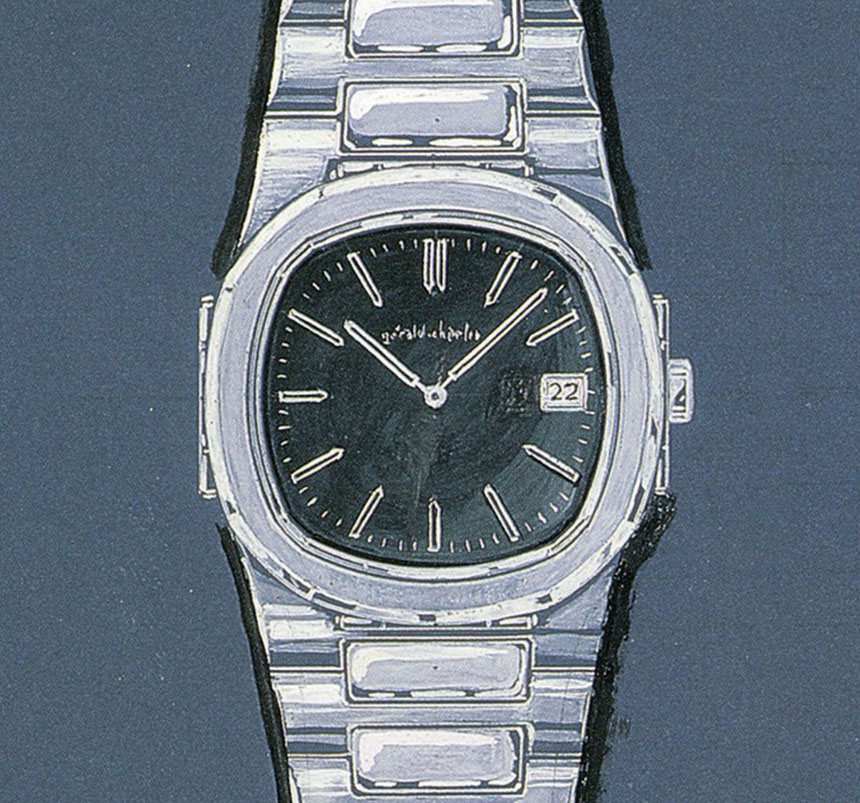
Genta was a proud designer, so he didn’t want to ever look like he was copying someone else’s work. The desire for his work to be distinctive played in his favor because, over time, Gerald Genta timepieces have become recognizable from afar, given that they don’t look like most other watches. A major element of luxury-item success is recognizability — in other words, the ability for a third party to see someone’s watch and recognize it. Gerald Genta was likely just trying to be a good (i.e., original) designer when coming up with products such as the Royal Oak. What he resulted in doing is giving his designs enhanced visibility, which, decades later, would prove to be really important in the luxury wrist watch space.
Another quality valued by luxury watch-wearers today, perhaps more so than in our recent past, is wearing comfort. This doesn’t just mean that a watch needs to be physically comfortable (although it most certainly does) but also that the watch needs to be fashionably versatile and comfortable to wear in various lifestyle situations (such as on your boat or in a boardroom). Given that Gerald Genta sought to create handsome pieces of what I call “functional jewelry,” he wasn’t designing products into standard wristwatch archetypes (racing watch, diver’s watch, etc.). The implication of this is very important, as it speaks to today’s popularity of his designs, because they are comfortable and versatile — not because they best express a utilitarian theme (such as being a really good diver’s watch).
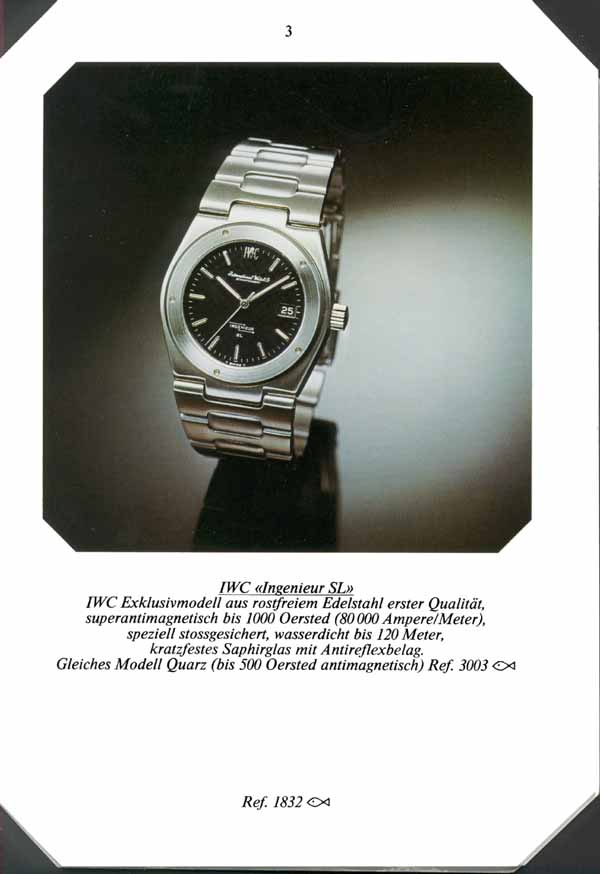
Today’s luxury watch collector and wearer has found strong interest in functional-jewelry watches, and it just so happens that Gerald Genta is responsible for a good number of the popular men’s jewelry watches around today (but no means all or even most of them). Note that when I say “jewelry,” I am not necessarily referring to precious materials or opulence. What I am referring to is an aesthetic design that heavily promotes an attractive aesthetic or shape, as opposed to being designed primarily as a tool or instrument-live device.
Gerald Genta should be remembered as proving that men’s functional-jewelry watches would enjoy a huge market. Instead, many watchmakers today misunderstand the lessons he taught and are trying to replicate his success by also replicating his designs (quite closely in some instances). This is a shame because the magic in Gerald Genta’s legacy is not one of specific shape but one of formula. The Gerald Genta watch formula is what brands should be duplicating more today — not what Genta himself produced as a result of following the formula.
Let’s recap and summarize what this so-called Gerald Genta design formula is. It starts by borrowing and mixing. Genta borrowed from his interest in boat design and mixed it with wristwatch design in order to come up with something new. That was in the early 1970s. The same type of people Genta would be designing for today might not be into boats but perhaps something else, like super cars, for example. If Genta were designing a Royal Oak for Audemars Piguet today, he might be looking at Lamborghini automobile bodies rather than boat windows. Designers following the success of Gerald Genta circa 2020 should consider what area to borrow from and how to mix it with traditional watch design for today’s consumers.
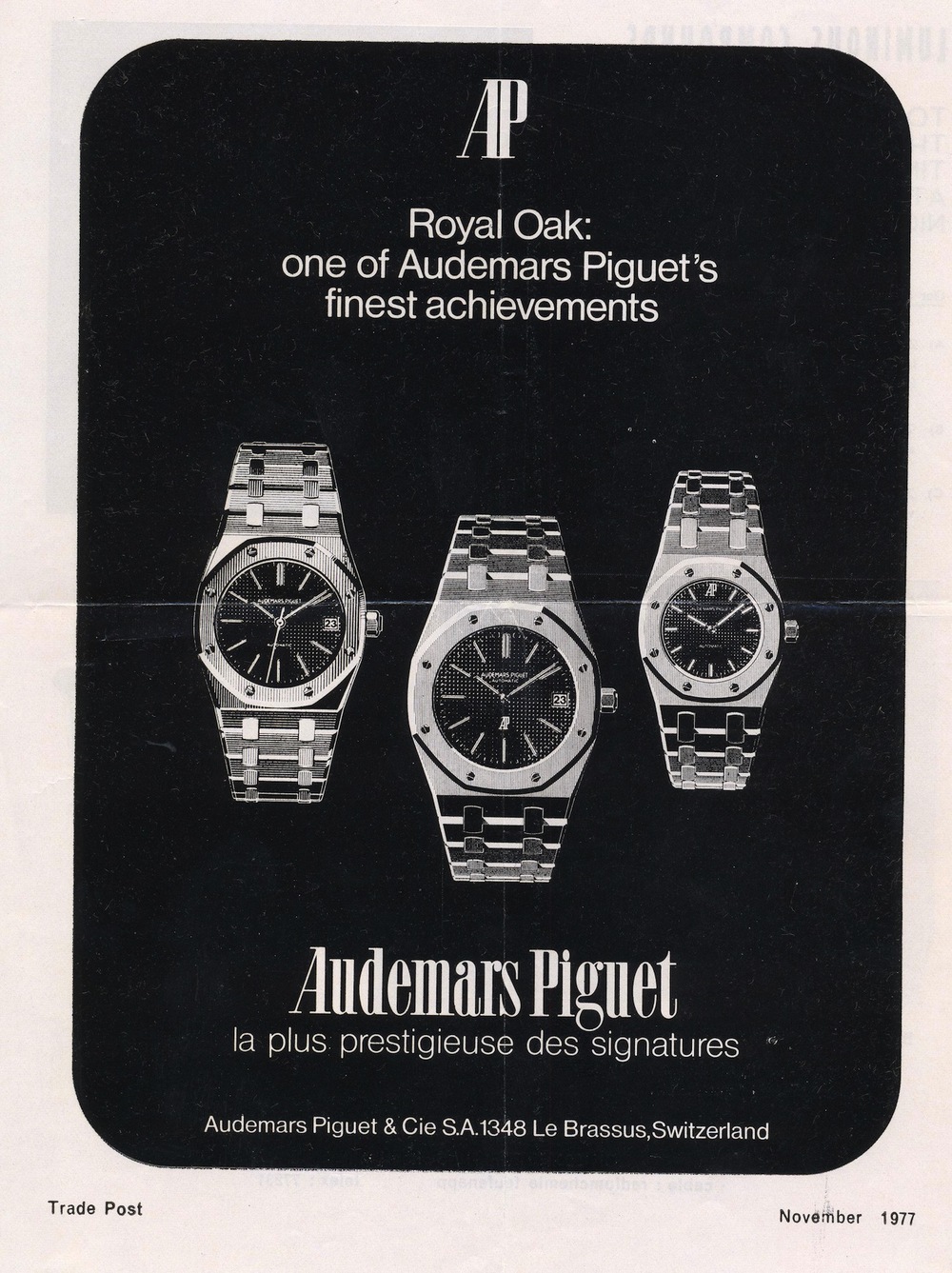
The next part of the Gerald Genta formula is to create a watch that you don’t need to worry about wearing, one that is comfortable and versatile on the wrist. This is very important because, as an item of beauty and prestige, that item must also seamlessly blend in with the lifestyle of the wearer. If that watch is not comfortable on the wrist, for example, then there is a good chance the wearer will simply not wear it and prevent others from seeing the watch on his wrist. This follows to the next part of the formula, which stipulates that a watch design should be visually distinctive and recognizable from afar. Consumers should not have to remember its name; they should only have to identify what it looks like in order to be a successful status symbol.
None of these formula items require that a wristwatch be on a bracelet — but it seems to help. Watch straps are, for the most part, boring. A black strap is simply a black strap. There is often very little room for design distinction. Watch bracelets offer the ability to have much more visual distinction, so they promote the visual identity value of a watch design. Gerald Genta was probably a better watch bracelet designer than he was even a case designer. These days, new watch bracelets on modern products are actually quite rare, which is a shame. The reason is that watch bracelets require just as much (if not more) engineering than the other parts of the watch. Think of the tapering on a Royal Oak bracelet — each of those parts is different from the other; the number of unique parts to make one bracelet can be staggeringly complex to organize. Engineers like to use tricks in order to use pieces of the same shape repeatedly in an item, such as links in a watch bracelet. The more unique parts a watch bracelet has, the more visually distinctive it is, as well as more expensive to both engineer and manufacture. Having a nice integrated bracelet seems to make watches particularly visually distinctive, and the message you wear on your wrist has some current social value.
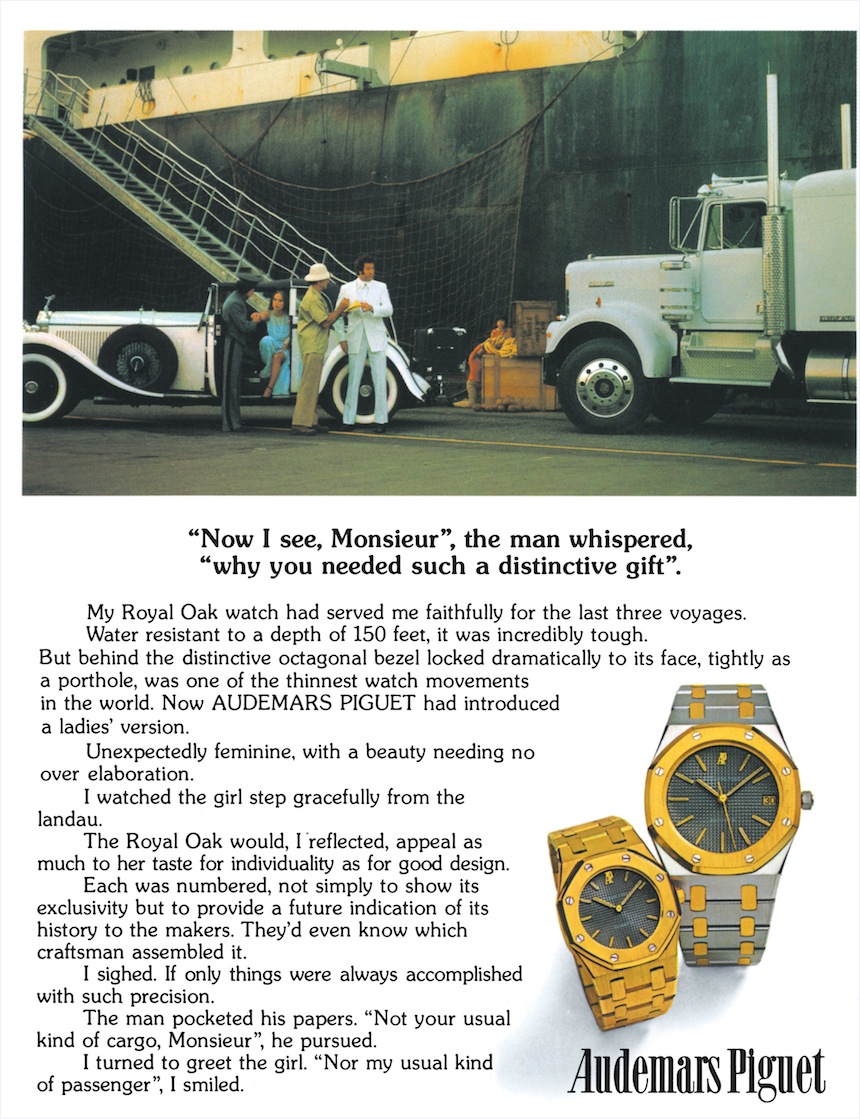
In much of the 1980s, the message that the Audemars Piguet Royal Oak and Patek Philippe Nautilus made was not in particularly high demand. Today, it is. I like to remind people that if those brands were measuring the success of those product families via quarterly results, then neither of those watches would still be with us today. Any watch brand seeking to “strike it rich” with its own Gerald Genta-esque evergreen-desirable luxury watches will need to likely invest for years without any significant returns. It simply takes that long for a watch to become familiar with and popular in the horological zeitgeist.
Gerald Genta’s legacy is about to be taken for a bit of a ride over the next several years, in my opinion. His watches and his work will be celebrated by some very powerful marketing interests no doubt eager to create even more luster around his aura. His work should best be remembered not merely by what it looked like, but also by what he predicted watch consumers would eventually want down the line. It’s possible that Genta just got lucky — offered the right project at the right time for the right designer — but it’s also possible that he saw a very real gap in the market and had a pretty innovative idea about how to fill it.
Proud brands seeking to replicate Gerald Genta’s success by emulating his visual designs are doing a disservice to his legacy’s teachings. That doesn’t mean such products will not enjoy deserved commercial success. Rather, I am saying that without inventing a new mixture of borrowed design elements from something relevant to consumers today, simply emulating the molds of Genta’s work will only carry a product personality so far. Any brand that wants its own versions of the Royal Oak and Nautilus should look at the world today and take notice of the machines, structures, travel, art, culture, hope, conflict, and joy that today’s generation experiences and blend it into a new generation of functional-jewelry men’s wristwatches.
